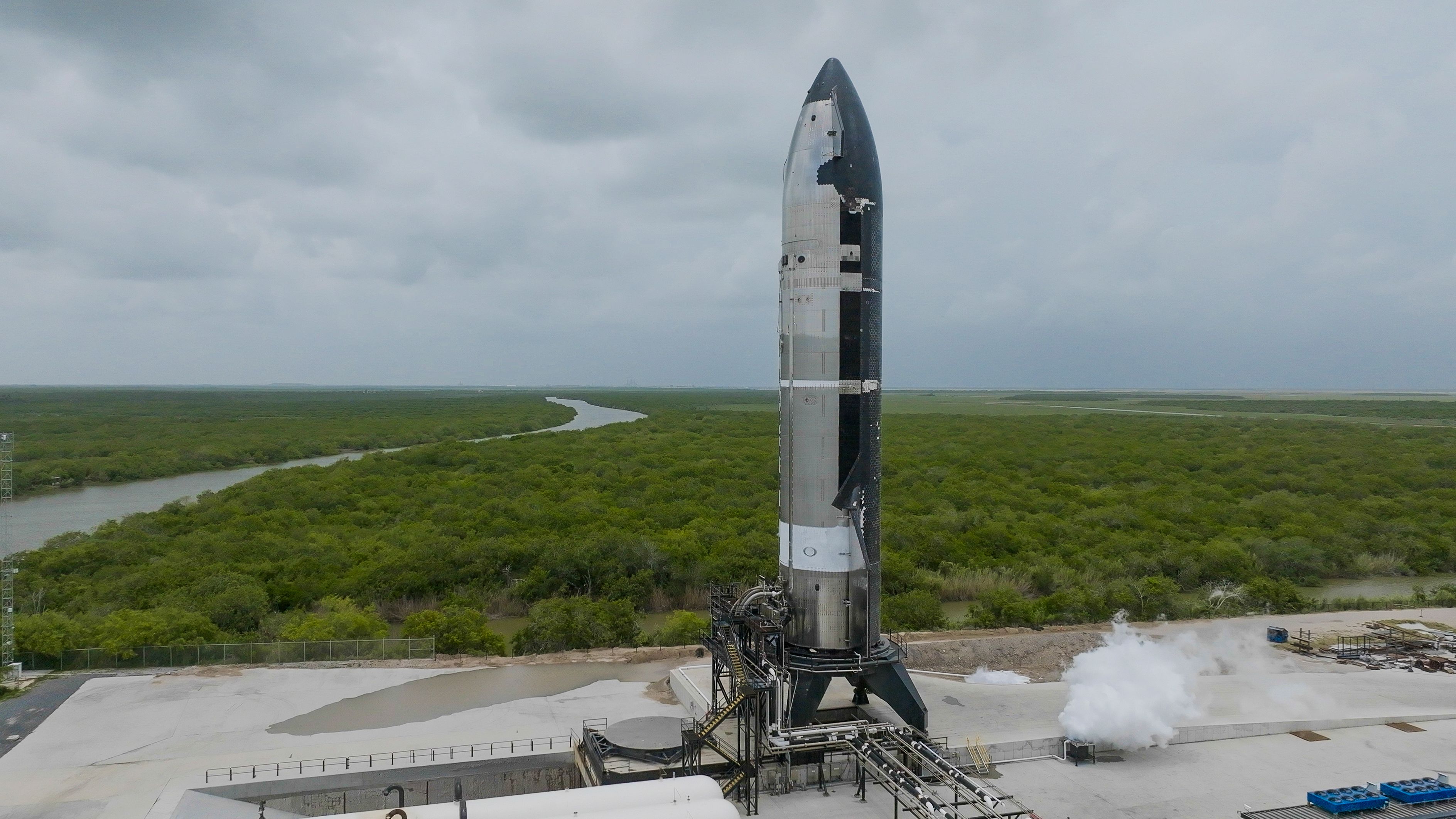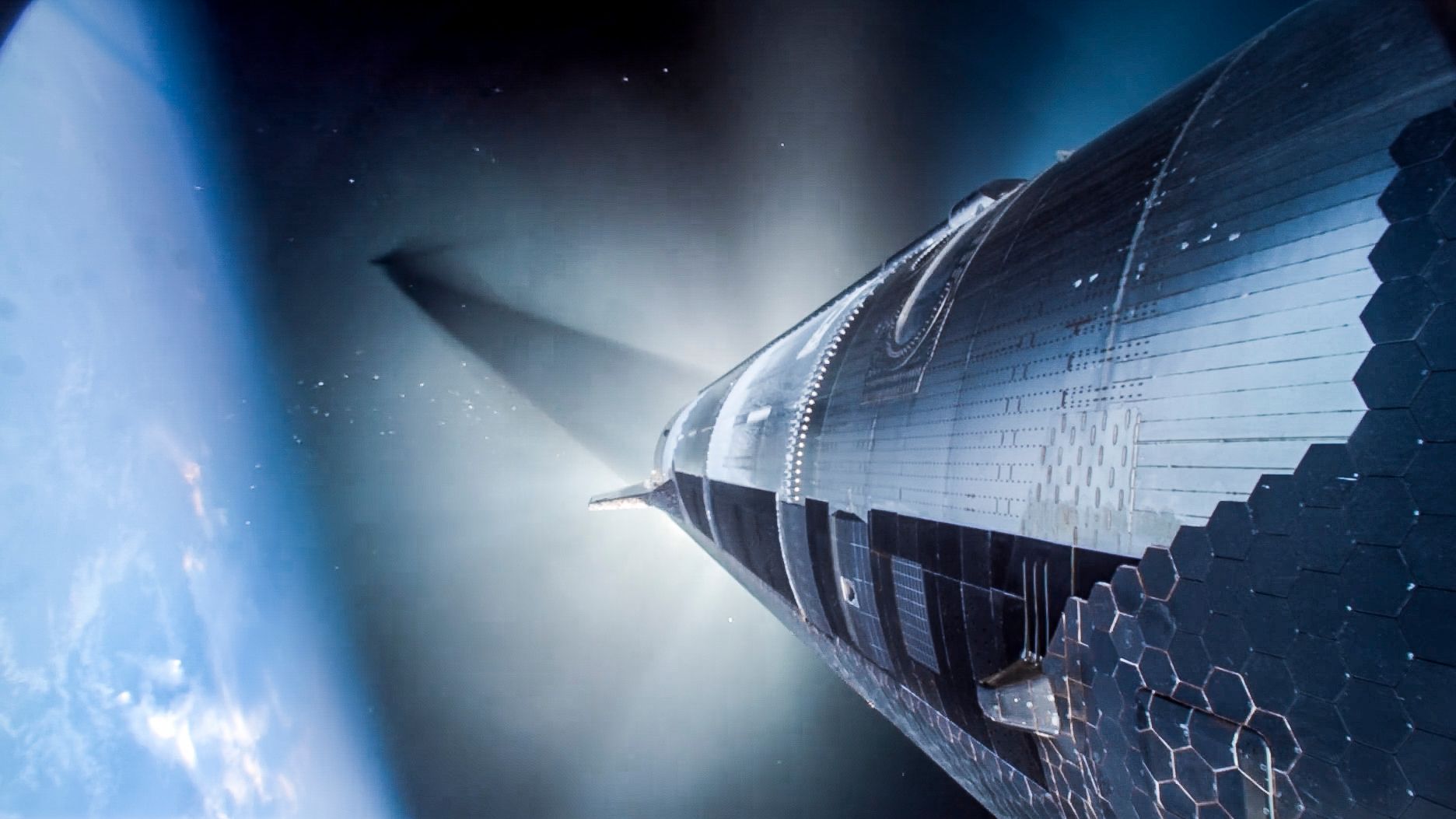On September 8, 2025, SpaceX sealed a $17 billion agreement with EchoStar to acquire 50 MHz of exclusive S-band spectrum (AWS-4 and H-block), both in the U.S. and globally, along with Mobile Satellite Service (MSS) licenses. This gives Starlink full ownership of the frequencies it needs for its next-gen Direct to Cell network.

Back in January 2024, SpaceX began launching Starlink satellites with Direct to Cell capabilities. Within days, they were sending texts using unmodified phones. Fast forward to today, more than 600 satellites are orbiting at about 360 km altitude. The service now spans five continents, connecting over 6 million users—making it the world’s largest 4G coverage provider.

These Starlink satellites work like space-based cell towers. They link into the broader Starlink network through a laser mesh, allowing them to function as standard mobile infrastructure—no new phones, firmware, or apps needed. Users can access apps like Google Maps, WhatsApp, and even IoT devices seamlessly.
With exclusive spectrum and new tech, SpaceX is now gearing up for a massive upgrade:
-
20× more throughput per satellite
-
100× more overall capacity
-
Support for full 5G performance, comparable to terrestrial LTE
Thanks to custom silicon, advanced phased arrays, and optimized 5G protocols.

This move positions Starlink to truly “end mobile dead zones” globally. It also strengthens emergency communications—during hurricanes, floods, or wildfires, millions stayed connected when traditional networks were down. Partners include major telecoms like T-Mobile (US), Rogers (Canada), KDDI (Japan), and more. Plus, Cosmos connectivity for IoT and remote tracking just got a powerful boost.








Leave a comment